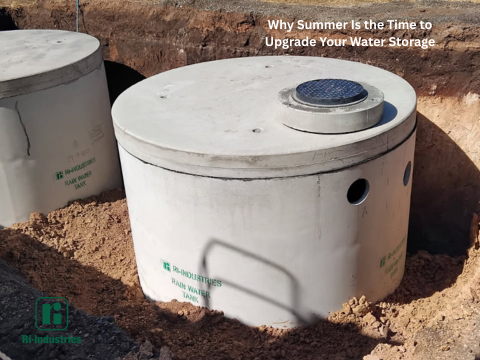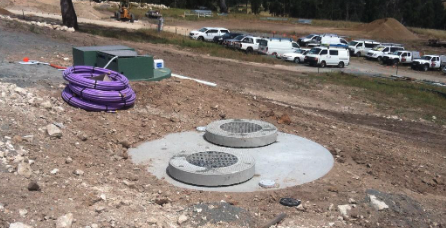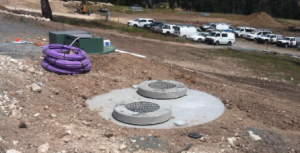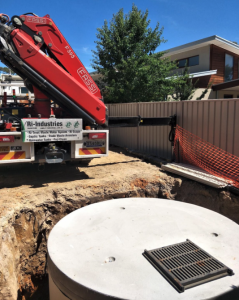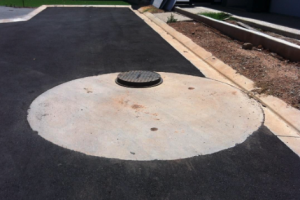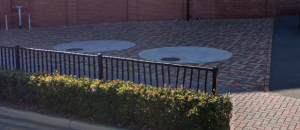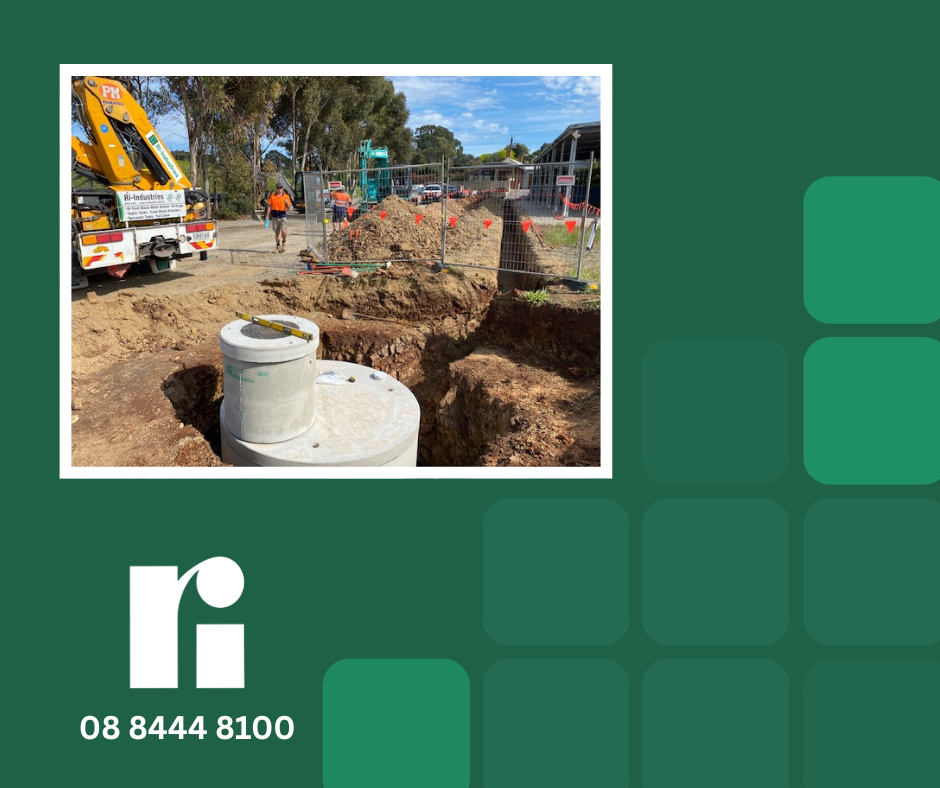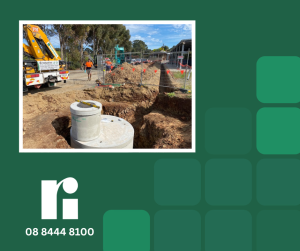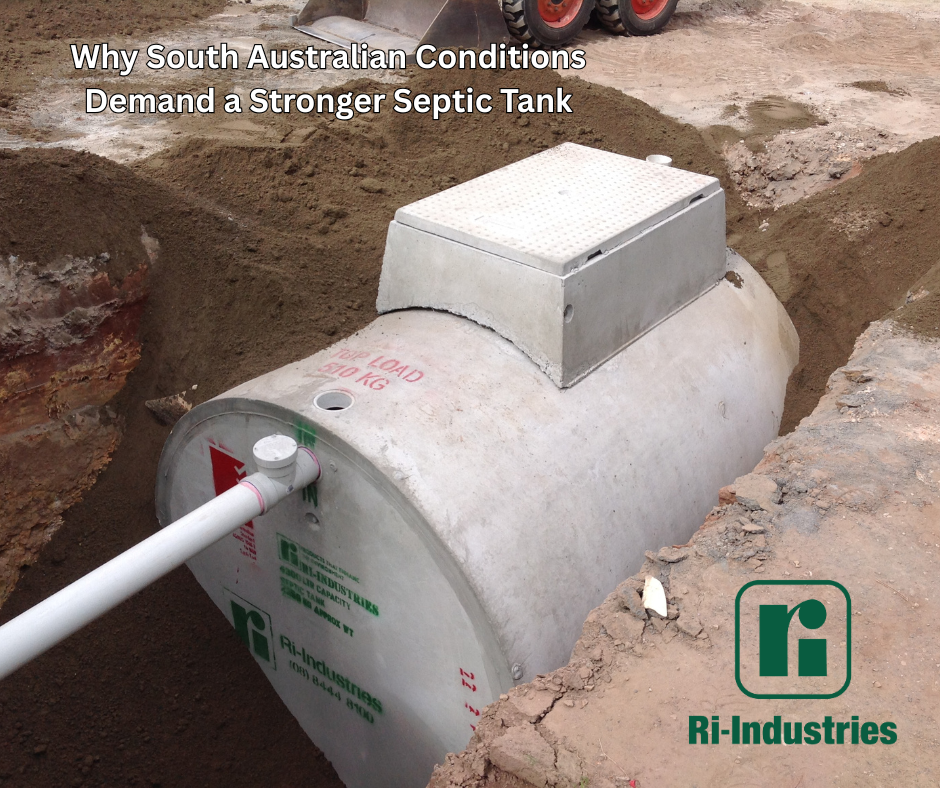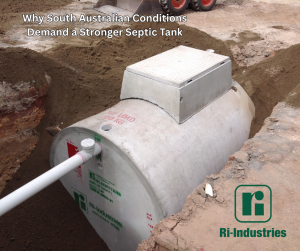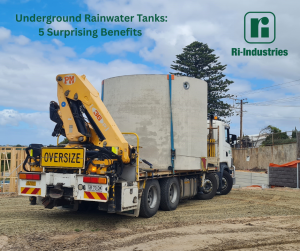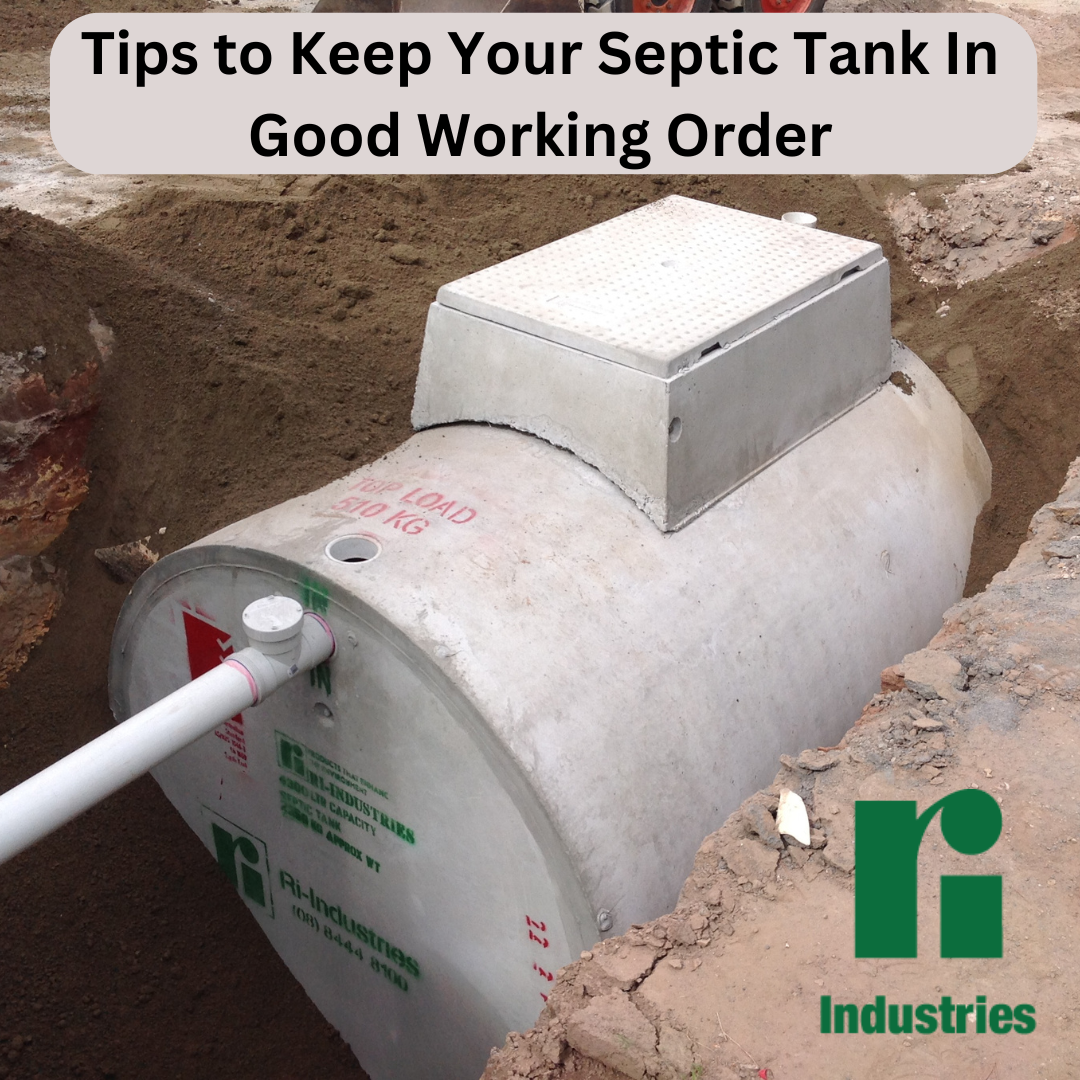
Rainwater tanks are a smart investment in South Australia. According to abc.net.au, South Australia had the eighth driest April in 2024 since record keeping began. With water scarcity being a persistent challenge in the region, especially in rural areas, residents are increasingly looking for ways to conserve water and manage it more efficiently. One of the best investments for homeowners and businesses in South Australia is installing a rainwater tank. These tanks not only help secure water supply during dry periods but also offer financial, environmental, and lifestyle benefits.
Here’s why investing in a rainwater tank is a wise decision for South Australians.
1. Water Conservation in a Drought-Prone Region
South Australia frequently faces periods of low rainfall, making rainwater collection an important resource. By capturing and storing rainwater, homeowners can reduce their reliance on mains water supplies. Rainwater can be used for various purposes, including:
- Gardening: During times of low rainfall, many households have to cut back on watering gardens and lawns. A rainwater tank allows you to keep your plants healthy and vibrant without worrying about fines or penalties.
- Toilet flushing and laundry: Installing a tank with a pump system allows you to use rainwater for everyday household chores, further reducing your dependency on potable water.
- Drinking water: With proper filtration, rainwater can be used as a safe and sustainable drinking water source.
Given South Australia’s limited rainfall, having a rainwater tank helps ensure that your household remains water-secure during dry spells or when water restrictions are enforced.
2. Cost Savings on Water Bills
One of the most compelling reasons to invest in a rainwater tank is the potential for significant cost savings. By using rainwater for non-potable purposes (like flushing toilets, washing clothes, and irrigating gardens), you can reduce your reliance on mains water and cut down on your water bills.
In areas with high water costs, such as Adelaide, even moderate use of rainwater can lead to noticeable savings over time. Additionally, by relying less on mains water, households are protected against future price increases or supply disruptions.
3. Environmental Benefits
Investing in a rainwater tank is an environmentally responsible choice. By capturing rainwater, you’re reducing the demand for treated mains water, which takes energy and resources to pump, purify, and transport. Using rainwater helps:
- Reduce stormwater runoff: In urban areas, heavy rains often lead to water running off roofs and streets, picking up pollutants before entering storm drains and eventually the ocean. By capturing rainwater in a tank, you can help reduce stormwater runoff, protecting local waterways and reducing the burden on stormwater infrastructure.
- Decrease energy consumption: Treating and distributing mains water requires significant energy. By reducing your demand for treated water, you contribute to lowering the energy footprint associated with water consumption.
- Promote sustainable living: Using natural resources wisely, such as rainwater, aligns with eco-friendly practices and helps mitigate the effects of climate change.
4. Independence from Water Restrictions
South Australia is often referred to as the driest state in the driest country on the driest inhabited continent. The last imposed water restrictions were in 2020. By having a rainwater tank, you gain a level of independence from these restrictions. You can continue to maintain your garden, fill your pool, or water your property using stored rainwater without violating any water use regulations.
5. Government Rebates and Incentives
In recognition of the importance of water conservation, the South Australian government and local councils have offered incentives and rebates for installing rainwater tanks in the past. Check with your local council if any are still available. These programs aim to reduce strain on public water systems and encourage the use of alternative water sources. While rebates can vary by location and specific conditions, they often help offset the initial installation cost, making rainwater tanks an even more attractive investment.
6. Increasing Property Value
A rainwater tank can also be a valuable addition when it comes to selling your property. Prospective buyers increasingly view water conservation systems as an attractive feature, particularly in water-scarce regions like South Australia. A rainwater tank shows that the property is designed with sustainability in mind, which can be a significant selling point. This is especially true if the tank is plumbed into the home for practical use, such as in toilets or for garden irrigation.
7. Versatility in Size
Ri-Industries rainwater tanks come in four sizes to suit your property’s needs. Whether you live in a compact urban home or a sprawling rural property, we have a rainwater tank solution for you.
8. Climate Change Resilience
Climate change is expected to bring more unpredictable weather patterns, including both increased rainfall intensity and longer dry periods. Investing in a rainwater tank now helps future-proof your home against these changes. By capturing water during heavy rainfalls, you can ensure you have a supply during times of drought, making your home more resilient to the effects of climate variability.
Rainwater tanks are a smart investment for South Australians looking to conserve water, reduce their bills, and become more self-sufficient. With environmental, financial, and practical benefits, rainwater harvesting offers a sustainable solution to the region’s water challenges. Whether you’re interested in reducing your water bills, maintaining a lush garden through summer, or simply doing your part to protect the environment, a rainwater tank is an excellent addition to any South Australian home or property.
Call us to learn how a Ri-Industries concrete water tank can benefit you! 08 8444 8100

